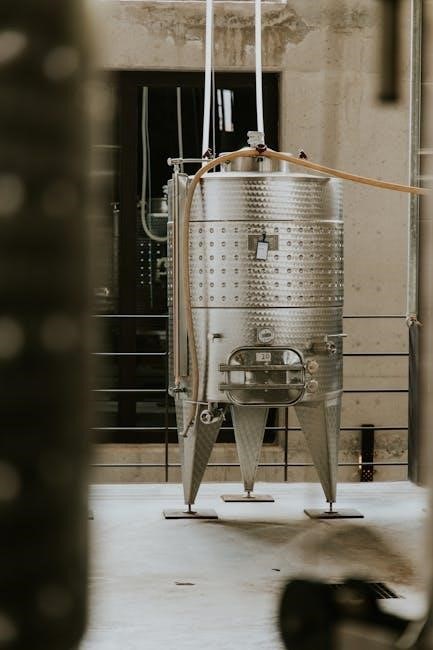Knurling valve guides is a cost-effective method to repair worn valve guides in engines, enhancing durability and performance by creating a textured surface for better valve stem retention.
What Are Knurling Valve Guides?
Knurling valve guides refers to a mechanical process where a textured surface is created on the inner diameter of valve guides in an engine. This process involves using a specialized knurling tool to compress and displace material, forming a pattern of small ridges and valleys. Valve guides are critical components that align and support valve stems, ensuring proper engine operation. Knurling is often used to repair worn or oversized valve guides, improving their fit and functionality without requiring replacement. The textured surface enhances lubrication retention and reduces wear, making it a cost-effective solution for maintaining engine performance and longevity.
Importance of Valve Guides in Engine Performance
Valve guides play a crucial role in maintaining optimal engine performance by ensuring proper valve stem alignment and movement. They prevent excessive oil leakage and carbon buildup, which can lead to increased oil consumption and reduced engine efficiency; Worn or damaged valve guides can cause poor engine performance, decreased fuel efficiency, and increased emissions. By maintaining precise valve guide tolerances, engines achieve better combustion efficiency, reduced wear on moving parts, and overall improved reliability. Properly functioning valve guides are essential for maintaining peak engine performance, making them a critical component in engine repair and maintenance strategies.
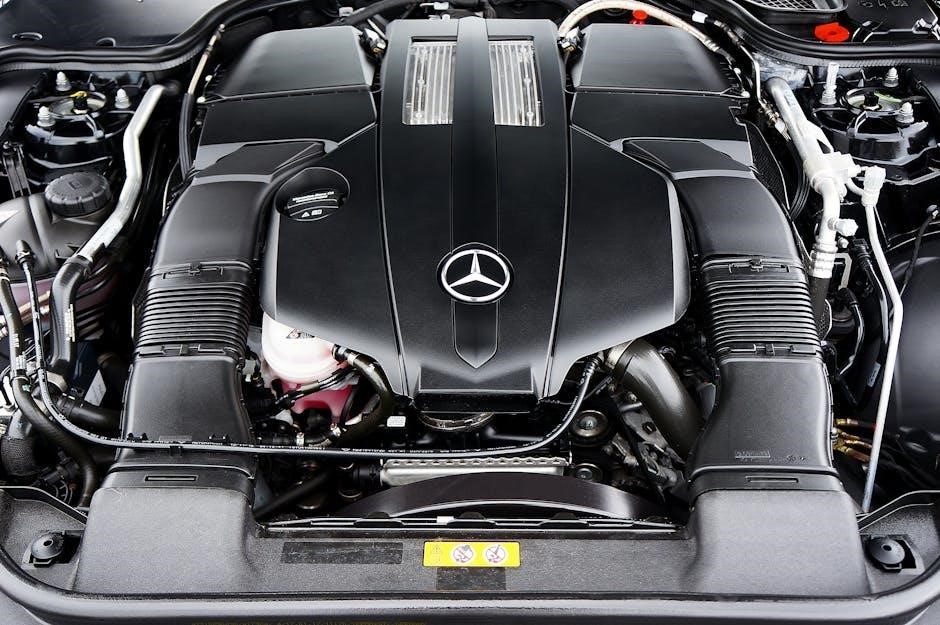
The Purpose of Knurling Valve Guides
Knurling valve guides aims to repair worn guides by creating a textured surface, improving fit and reducing oil leakage, thereby extending engine life and performance.
Improving Valve Stem Lubrication
Knurling valve guides enhances lubrication by creating a textured surface that retains oil, reducing friction between the valve stem and guide. This minimizes wear and prevents overheating, ensuring smoother engine operation and longevity.
Reducing Oil Consumption
Knurling valve guides helps reduce oil consumption by minimizing leakage and improving the seal between the valve stem and guide. The textured surface created by knurling enhances lubrication retention, reducing friction and preventing excessive oil from entering the combustion chamber. This process ensures better control over oil flow, leading to lower overall oil usage and improved engine efficiency. By addressing worn or loose guides, knurling effectively prevents oil from bypassing the valve train, maintaining proper lubrication levels and reducing emissions. This makes it a practical solution for optimizing engine performance and reducing maintenance costs over time.
Enhancing Valve Guide Durability
Enhancing Valve Guide Durability
Knurling valve guides boosts durability by creating a textured surface that improves lubrication and reduces wear. The process involves machining grooves into the guide bore, which helps retain oil and minimize metal-to-metal contact. This reduces friction and prevents overheating, extending the lifespan of the valve guides. Additionally, knurling strengthens the guide’s structural integrity, making it less prone to wear from repeated valve stem movement. Over time, this method proves cost-effective as it delays the need for replacement, ensuring consistent engine performance and reliability without compromising on quality or functionality.
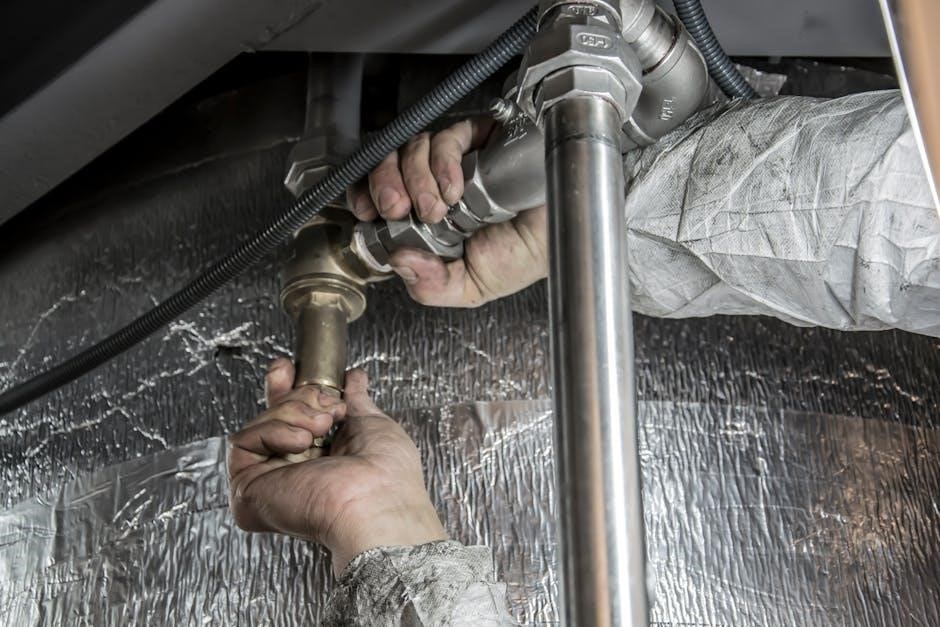
The Knurling Process
Knurling valve guides involves using a specialized tool to create a textured surface inside the guide bore, enhancing lubrication and valve stem stability during engine operation.
Tools and Equipment Required
The knurling process requires specialized tools, including a knurling tool designed to fit into the valve guide bore. A pilot reamer ensures proper alignment, while a valve guide installer handles final positioning. Measuring tools like dial indicators and micrometers are essential for precision. Lubricants are used to prevent tool wear and ensure smooth operation. A valve stem installer may also be needed for post-knurling adjustments. Proper safety gear, such as gloves and goggles, is crucial during the process. These tools collectively ensure the knurling is performed accurately and safely, maintaining engine performance and longevity.
Step-by-Step Guide to Knurling Valve Guides
Begin by removing the valve and measuring the guide bore for wear. Insert the knurling tool into the bore, ensuring proper alignment using a pilot reamer. Rotate the tool while advancing it slowly to create the knurled texture. Apply lubricant to prevent tool wear. After knurling, ream the guide to the desired diameter for precise fitment. Clean the area thoroughly to remove debris. Finally, install the valve guide and test for proper alignment and seal. This process restores the guide’s integrity, ensuring optimal engine performance and minimizing oil leakage.
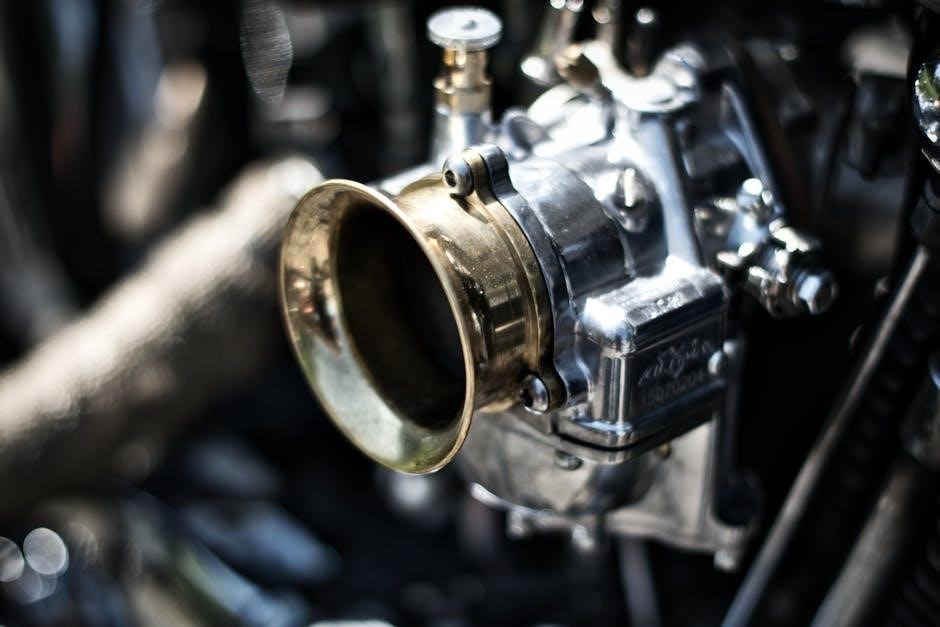
Pros and Cons of Knurling Valve Guides
Knurling valve guides enhances durability and reduces oil consumption but requires specialized tools and expertise to avoid potential engine damage.
Advantages of Knurling
Knurling valve guides offers several benefits, including improved valve stem lubrication and reduced oil consumption. The textured surface created by knurling enhances the guide’s durability and resistance to wear. It minimizes the risk of valve stem seizure and provides better retention of the valve within the guide. This method is cost-effective compared to replacing guides entirely and extends the service life of the engine. Additionally, knurling helps maintain proper valve alignment, ensuring optimal engine performance and reducing emissions. Overall, it is a practical solution for addressing worn valve guides without the need for expensive replacements or extensive machine work.
Disadvantages and Potential Risks
While knurling valve guides offers benefits, it also has drawbacks. Improper tool usage can damage the guide bore, leading to costly repairs. Additionally, knurling may not be suitable for severely worn guides, as it only addresses surface wear. If the guides are excessively damaged, knurling may not provide a long-term solution, requiring eventual replacement. There is also a risk of over-tightening, which can misalign the valve and affect engine performance. Furthermore, knurling requires specialized tools and expertise, making it less accessible for DIY enthusiasts. In some cases, knurling may only delay the need for replacement, adding to maintenance costs over time.
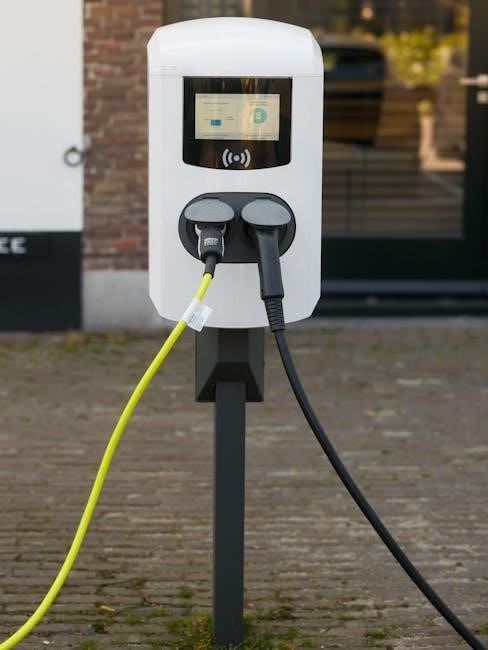
When to Choose Knurling Over Replacement
Knurling is ideal when valve guide wear is minimal, offering a cost-effective and time-saving alternative to replacement while maintaining engine performance and preventing oil leakage issues.
Assessing Valve Guide Wear
Properly evaluating valve guide wear is crucial to determine if knurling is a viable solution. Inspect for excessive clearance, oil leakage, or abnormal engine performance. Use precision measuring tools to check guide bore diameter and valve stem fit. Minimal wear with stable dimensions is ideal for knurling, while severe damage may require replacement. Consider the engine’s age, mileage, and operating conditions to make an informed decision. Early detection of wear ensures optimal results from the knurling process, preventing further damage and maintaining engine efficiency. Always consult a professional for accurate assessment and recommendations.
Cost and Time Considerations
Knurling valve guides is often more cost-effective than replacing them, especially for engines with minimal wear. The process typically requires specialized tools and skilled labor, but it saves time compared to installing new guides. For engines with moderate wear, knurling can extend service life without the expense of replacement. However, if wear is severe, replacement may be more economical in the long run. Time-wise, knurling is faster than replacement, as it avoids disassembling the engine further. This method is ideal for budget-conscious repairs, provided the guides are still within acceptable specifications for the process.
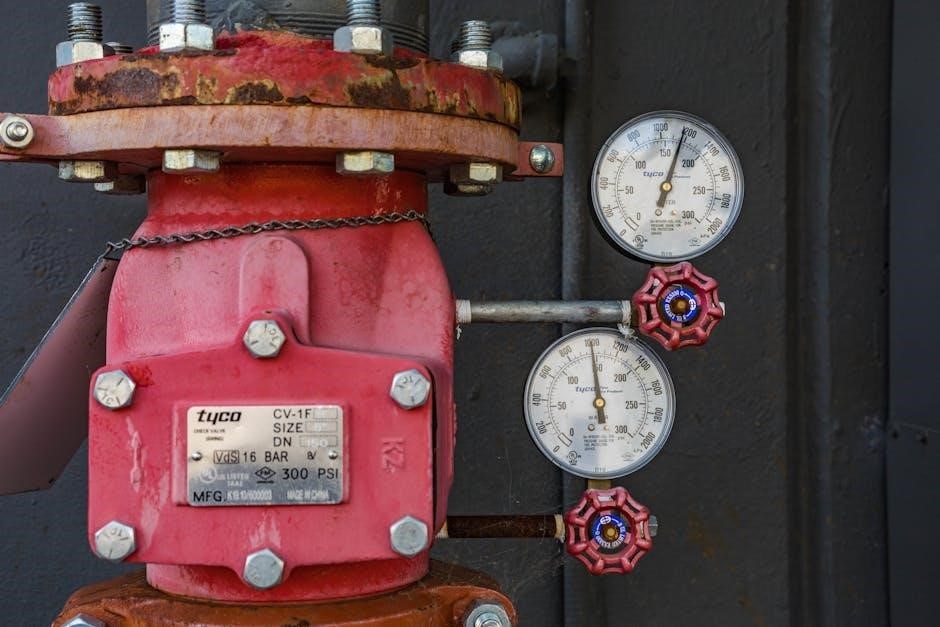
Common Mistakes in Knurling Valve Guides
Common mistakes include using incorrect tools, insufficient lubrication, and improper alignment, which can lead to damaged guides, uneven surfaces, or the need for costly replacements.
Incorrect Tool Usage
Using the wrong tools for knurling valve guides is a critical error, often leading to improperly sized guides or surface damage. The knurling tool must be precisely matched to the guide bore diameter to ensure proper texturing and alignment. If the tool is too large or too small, it can cause uneven knurling patterns, which may result in poor valve stem retention or increased wear. Additionally, using improvised or worn-out tools can compromise the quality of the knurling process, leading to guide failure. Always use manufacturer-recommended tools and follow proper procedures to avoid these common pitfalls.
Insufficient Lubrication During the Process
Insufficient lubrication during knurling can lead to increased friction and heat buildup, potentially damaging the tool or the valve guide. Proper lubrication ensures smooth operation and prevents tool wear. Always use a high-quality cutting oil or coolant specifically designed for knurling processes. Inadequate lubrication can result in uneven knurling patterns, reducing the effectiveness of the repair. Additionally, excessive heat generated from friction may cause the guide material to deform or harden, making future repairs more challenging. Regularly applying the correct lubricant is essential to maintain tool longevity and achieve a precise finish.
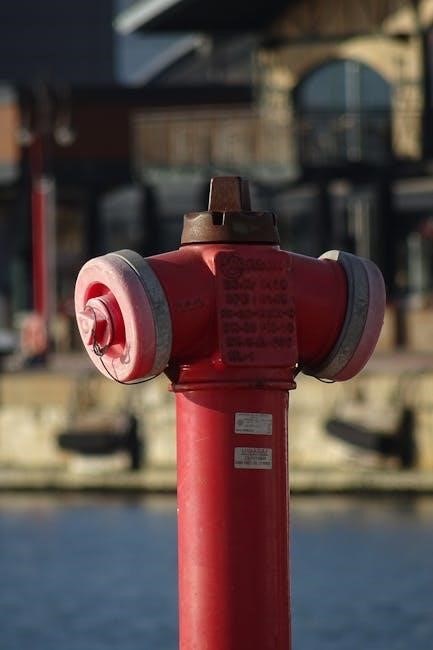
Case Studies and Real-World Applications
Real-world applications highlight successful knurling projects and lessons from failures, offering practical insights into improving engine performance and extending valve guide lifespan through refined techniques and addressing common issues.
Successful Knurling Projects
Several real-world applications demonstrate the effectiveness of knurling valve guides. In a high-mileage engine rebuild, knurling restored worn guides to optimal condition, reducing oil consumption and improving valve stem stability. Automotive shops have reported success in extending engine life by knurling rather than replacing guides, saving time and costs. Industrial applications, such as in aerospace and marine engines, have also benefited from this technique. Case studies highlight how knurling, when performed correctly, enhances durability and performance, making it a preferred method for maintaining valve guide functionality without extensive replacements.
Lessons Learned from Failed Attempts
Failed knurling attempts highlight critical pitfalls to avoid. Improper tool usage and insufficient lubrication often lead to damaged guides or uneven surfaces. Overzealous knurling can cause valve misalignment, exacerbating wear. Insufficient pre-inspection may overlook excessive wear, making knurling ineffective. Lessons learned emphasize precise tool alignment, adequate lubrication, and careful guide assessment before proceeding. These experiences underscore the importance of proper technique and preparation to achieve successful, long-lasting results and prevent costly rework or replacement. Such failures serve as valuable teaching moments, refining best practices in valve guide maintenance and repair.
Knurling valve guides is a proven, cost-effective method to enhance engine performance and durability, offering practical solutions for maintaining valve train efficiency and longevity in various applications.
Final Thoughts on Knurling Valve Guides
Knurling valve guides remains a practical and economical solution for addressing worn valve guides, offering improved durability and performance. By creating a textured surface, it enhances lubrication and reduces oil consumption. Proper execution is critical, as incorrect tool usage or insufficient preparation can lead to suboptimal results. While knurling is effective for moderate wear, severely damaged guides may still require replacement. Overall, it is a valuable technique for maintaining engine efficiency, especially in older or high-mileage vehicles, where cost-effectiveness and reliability are key priorities.
Future Trends in Valve Guide Maintenance
Future trends in valve guide maintenance are expected to focus on advanced materials and innovative techniques. High-performance materials like bronze and coated guides may gain popularity for improved durability. Automation and precision tools could streamline knurling processes, reducing human error. Additionally, there may be a shift toward combining knurling with other methods, such as reaming, for optimal results. Sustainability initiatives might also influence the development of eco-friendly repair solutions. As engines evolve, valve guide maintenance will likely adopt more efficient and long-lasting approaches to meet modern performance demands.
